Yoga is an ancient science of healing the body, mind, and soul, Maharishi Pantanjali mentioned 8 limbs (steps) of yoga in his Ashtanga Yoga. Yama(refining behavior-unwanted habits) Niyam(Refining behavior Cultivating noble qualities), Ashan(posture), Pranayam(Aligning the energy and breath), Pratyahara(withdrawal of senses), Dharna(Aligning thoughts inward) Dhyan(Meditation), Samadhi(Absolute state of mental concentration). 8 limbs of yoga mentioned in Patanjali’s Ashtanga Yoga focused on body, mind, and soul. In today’s era, every human being is restless and suffering from anxiety and diseases Yoga has the power to cure the diseases and make mental life healthier that’s why International Yoga Day is started to celebrate.on every year on 21 June.
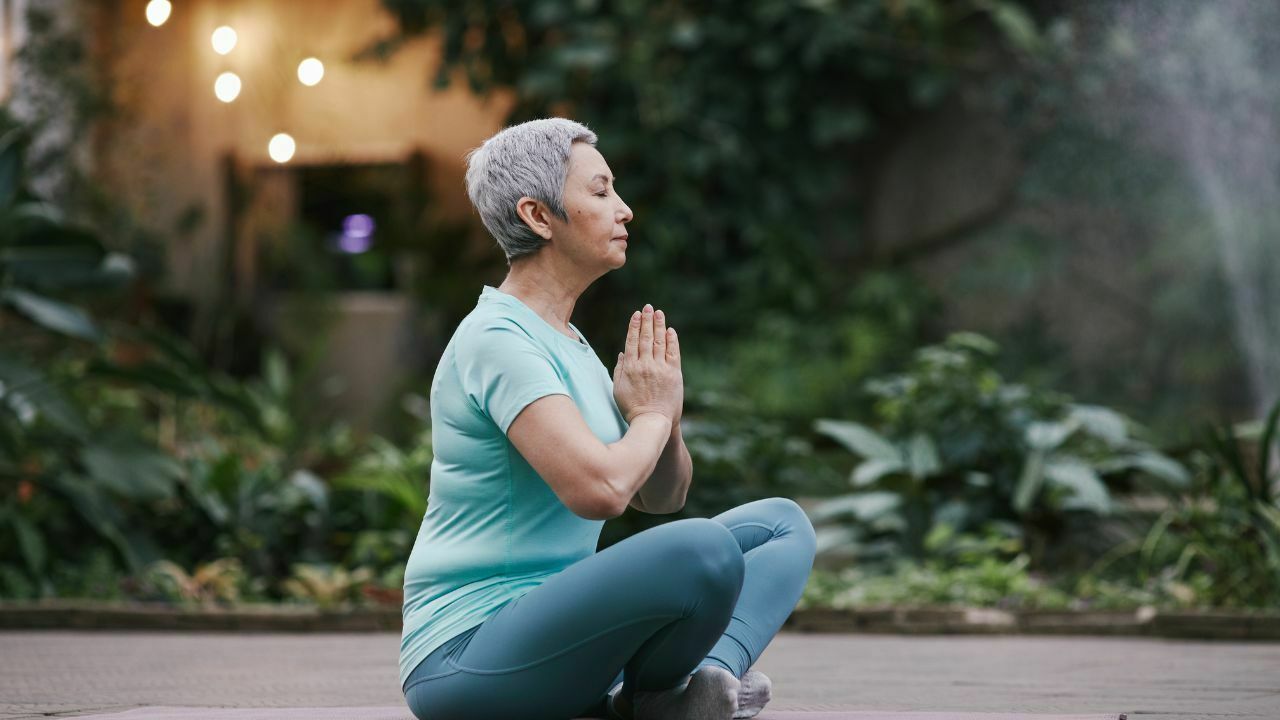
Yoga History Facts
It is believed that yoga is 15000 years old Yogic science which origin with the existence of Shiva In the Yogic culture, he is known as an Adiyogi- the first yogi who teaches yoga to the 7 sages who are known as saptrishi today, send them in seven directions to teach yoga to other people and slowly it spread all over the world. the exact time is not known exactly when it originated but it is assumed that approximately 15,000 years back it came into existence this yoga history is according to Sadhguru.
But if you believe in the evidence in the books practicing yoga started 5000 years back in the Vedic period it was mentioned in Rig Veda, and the book consists of mantras, songs, and rituals which are used by brahmins(priests). This is the period when people start storing their knowledge in books earlier this every piece of knowledge given to his disciple is oral.

Why is International Yoga Day celebrated on 21st June?
Prime Minister Narendra Modi mentioned in his speech on 27 September 2014 at the United Nations General Assembly(UNGA), that June 21 observed as a yoga day to spread awareness about the importance of yoga on people’s health. In December 2014 United Nations General Assembly announces the June 21 as International Yoga Day.
The Benefits Of Yoga
As we already discussed yoga consists of 8 limbs i.e., Yama, Niyam, Ashan, Pranayam, Pratyahara, Dharna, and Samadhi. benefits of yoga are as follows-
- Improve mental stregnth
- Cure chronic diseases.
- Improve breathing helps in treating asthma.
- Increase oxygen level in the body.
- Improve sleeping disorders like Insomnia.
- Improve concentration and focus, It helps in work and study.
- Increase flexibility and decrease stiffness in the body.
- Yoga brings more energy and a happier mood
- Helps in back pains with help of Bhujang Ashan.
- Helps in heart health by increasing blood circulation.
To attain these benefits you have to start practicing yoga daily, It like food, to get more energy you need to do regularly with full determination.
Pranayam
These days pranayam is very popular which is a breathing exercise which includes brahastrika, kapalbhati, anulom-vilom.
Brahstrika
To practice brastrika you need to sit crossed leg comfortably and put your hand on your knee in Dhyan mudra and breath in and out consciously focus on breathing as breathe in and out repeat this process. Do it for 5minutes.
Kapalbhati
To practice kapalbhati breathing you need to sit crossed leg comfortably and put your hand on your knee in Dhyan mudra and breathe in and out consciously focus on breathing as you breathe in and out repeat this process. Do it for 10 minutes.
Anulom-Vilom
To practice anulom-vilom you need to sit crossed leg comfortably and put your left hand on your knee and right hand on the right nostril close the right nostril and breathe from the left nostril and now close the left nostril and breathe from the right nostril, consciously focus on breathing as breath in and out repeat this process. Do it for 10 minutes.
The Importance of Yoga for Stress Relief

Stress has become an integral part of our modern lifestyle, leading to various physical and mental health issues. Engaging in regular yoga practice offers numerous benefits that effectively combat stress. Yoga combines physical postures (asanas), controlled breathing techniques (pranayama), and meditation to create a holistic approach to well-being. By incorporating yoga into your daily routine, you can experience reduced stress levels, improved mental clarity, and enhanced physical fitness.
Yoga Asanas for Stress Relief
1. Balasana (Child’s Pose)
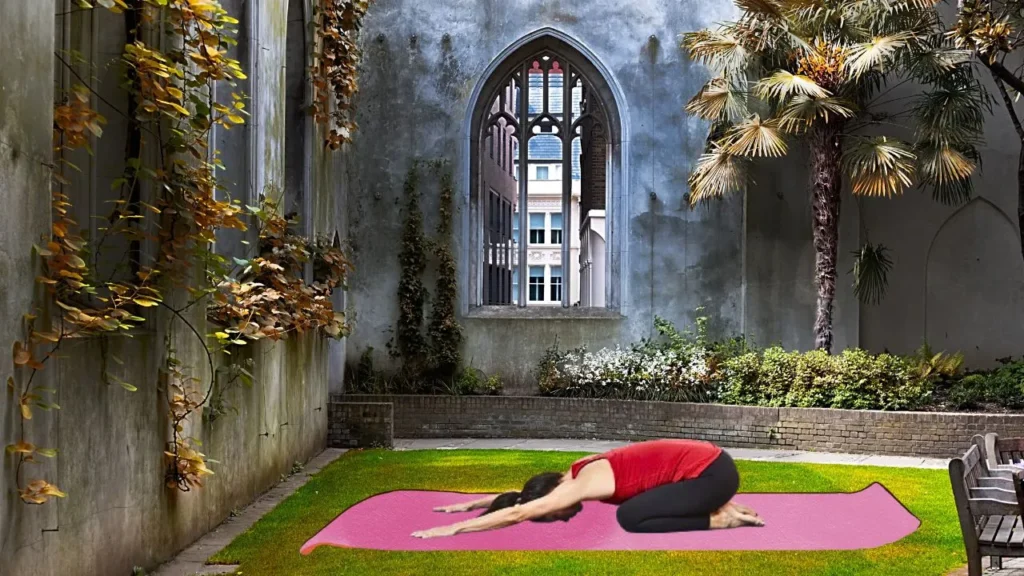
Balasana, also known as Child’s Pose, is a restful and calming posture that helps release tension from the back, shoulders, and neck. To perform this asana:
- Kneel down on the floor, keeping your toes together and knees hip-width apart.
- Sit back on your heels and slowly lower your torso forward, allowing your forehead to rest on the ground.
- Extend your arms forward or rest them alongside your body, whichever feels more comfortable.
- Breathe deeply and hold this pose for a few minutes, focusing on relaxation and letting go of stress.
2. Vrikshasana (Tree Pose)
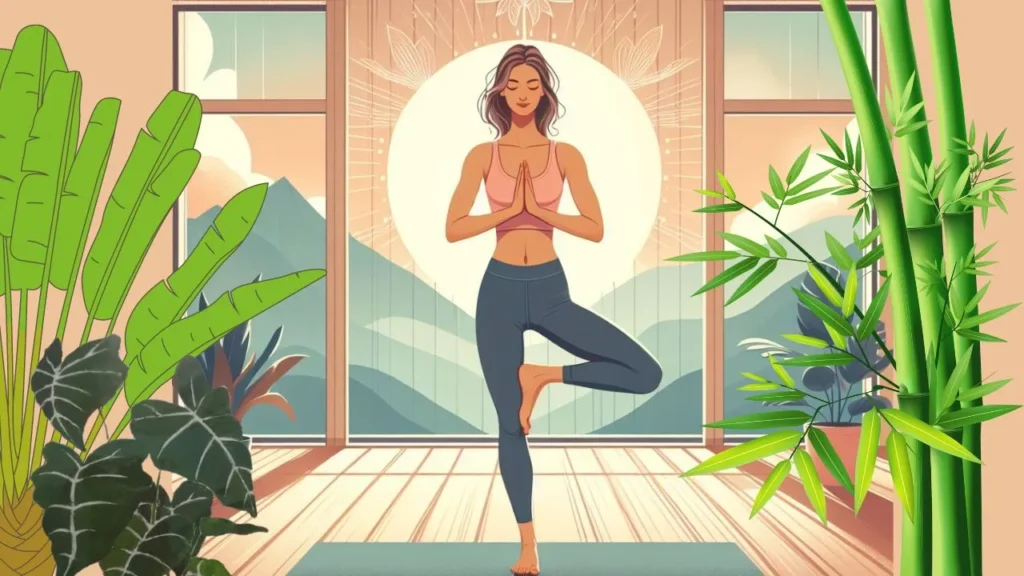
Vrikshasana, or Tree Pose, promotes balance and stability while calming the mind. It is a standing pose that strengthens the legs and stretches the spine. Follow these steps to perform Vrikshasana:
- Stand tall with your feet hip-width apart and arms by your sides.
- Shift your weight onto your left foot and lift your right foot off the ground.
- Place the sole of your right foot on the inner left thigh or calf, avoiding the knee joint.
- Find your balance and bring your hands together in a prayer position in front of your chest.
- Fix your gaze on a steady point in front of you and hold the pose for 30 seconds to 1 minute.
- Repeat on the other side.
3. Uttanasana (Standing Forward Bend)
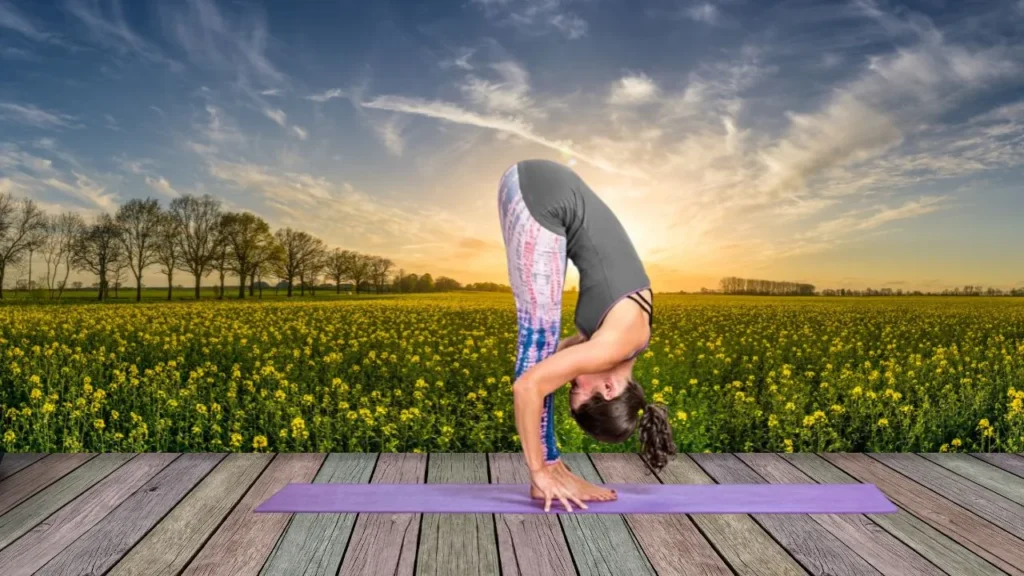
Uttanasana, the Standing Forward Bend, is an excellent asana for releasing tension in the back and hamstrings. It also helps calm the mind and relieve stress. Here’s how to practice Uttanasana:
- Stand with your feet hip-width apart and your hands on your hips.
- Inhale deeply, elongating your spine.
- Exhale and hinge forward from your hips, keeping your spine straight.
- Allow your upper body to hang down naturally, reaching your hands towards the ground or grabbing opposite elbows.
- Relax your neck and shoulders, and let your head hang heavy.
- Hold this pose for 1-2 minutes, breathing deeply and focusing on releasing tension.
The Benefits of Regular Yoga Practice
Regular practice of yoga offers a wide range of benefits that extend beyond stress relief. Some of the key advantages include:
- Improved Flexibility: Yoga asanas help improve flexibility and mobility, reducing the risk of injuries and promoting overall physical well-being.
- Increased Strength: Many yoga postures require engaging various muscle groups, leading to improved strength and stamina.
- Enhanced Mental Clarity: The combination of physical movement, deep breathing, and meditation in yoga helps clear the mind, improve concentration, and promote mental clarity.
- Better Sleep Quality: Incorporating yoga into your daily routine can contribute to better sleep quality, enabling you to wake up feeling refreshed and rejuvenated.
- Boosted Immune System: Yoga stimulates the lymphatic system, enhances blood circulation, and promotes the efficient functioning of the immune system.
practicing yoga asanas offers a holistic approach to achieving optimal health and effectively beating stress. By incorporating these simple yet powerful postures into your daily routine, you can experience increased physical fitness, improved mental well-being, and a greater sense of overall balance. Make the commitment to prioritize your health and well-being, and let the transformative power of yoga guide you toward a stress-free and fulfilling life.
Remember, the benefits of yoga extend far beyond stress relief. So, take the first step today and embark on a journey toward a healthier, happier you!
“Yoga is the journey of the self, through the self, to the self.” – The Bhagavad Gita
International Yoga Day and Theme
Every year on June 21st, people around the world come together to celebrate International Yoga Day, aiming to raise global awareness about the numerous advantages of practicing yoga and meditation. In 2023, marking the 9th year of this significant event, the chosen theme is “Yoga For Vasudaiva Kutumbakam,” emphasizing the profound message of unity, interconnectedness, and shared destiny among all inhabitants of our planet. This theme encapsulates the belief that we are one Earth, one family, and we must work together to create a harmonious and prosperous future for all.
What is Meditation?

Meditation is a process of focusing on thoughts, mantras, or an object to attain a calm and relax state to being in a stable state and clear thoughts.
How to Meditate?
There are three ways to meditate
- Observing thought meditation –To meditate generally, sit cross-legged with a straight back and close your eyes now you take a deep breath and exhale focus on your breath slowly breath comes to normal, and now observe your thought you don’t have to do just observe the thought, thoughts come and go slowly it stops to come now you start experiencing yourself.
- Focusing on agya chakra(the point between the eyebrows)–To meditate generally sit cross-legged with a straight back and close your eyes now you focus on your agya chakra and breathe normally
- Focusing on the mantra – To meditate generally, sit cross-legged with a straight back and close your eyes now you can chant the Gayatri mantra or any other mantra or you can do meditation with om sound, as om sound of the universe it has great vibration either you just listen to it or chant it gives you the astonishing result.
Read more: 3 Effective Yoga Asanas for Naturally Managing High Blood Sugar Levels.
Note: This article is for informational purposes Hope you liked the article. Give your feedback about the article in the comment box what you liked the most or any other suggestion you want to give, your feedback is valuable to us. You can also connect with us on social media sites.
